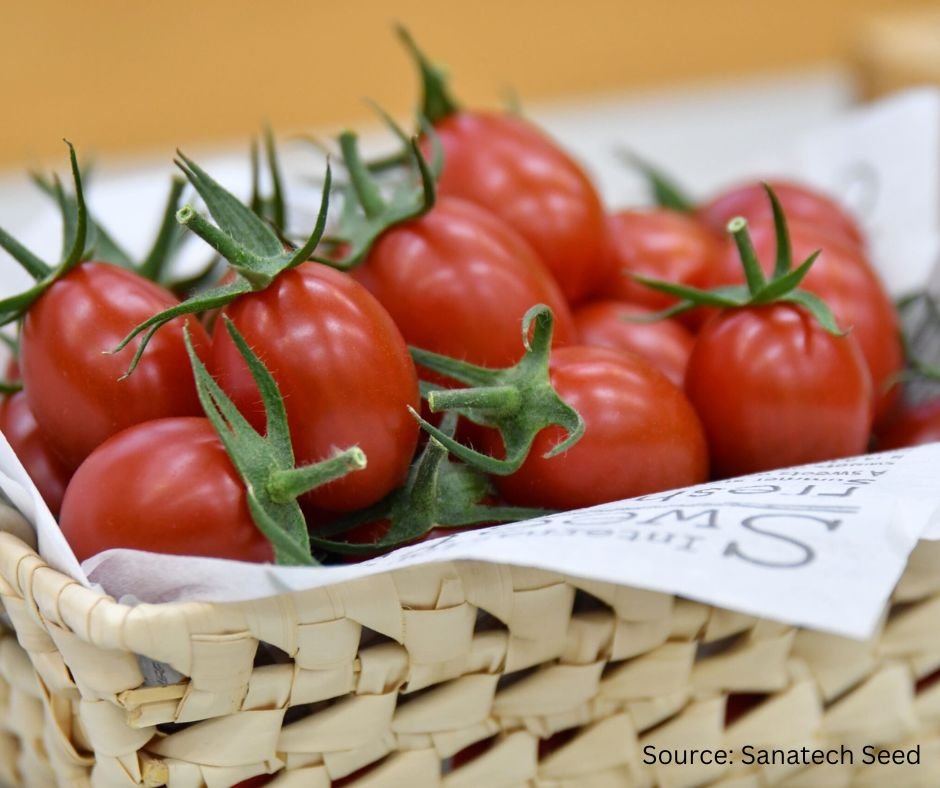Gene Editing Developments
Refreshed look Genetic Editing and Genetic Engineering
It has been nearly ten years since the height of GMO (genetically modified organism) discussions in Oregon at the county and state levels. With a flush of global disruptions, the Russia-Ukraine war challenging food supplies, environmental pressures, and biomedical technologies such as coronavirus vaccines derived from genetic engineering, the regulatory stance and public debate regarding these technologies is changing—this time with some positive light on genetic engineering and its potential.
The early GMOs on the market, beginning in the 1990s, have been significant to the agricultural industry. Many of the benefits GMO crops provide are easily recognizable by producers, with attributes including reduction of pesticides, increased yields, reduced labor costs, soil conservation, and expansion of no-tillage agriculture. Although these are highly beneficial to producers and the environment, those arguments do not exactly speak to consumers. According to Sarah Davidson Evanega, plant science researcher and science communicator from Cornell University’s Alliance for Science program, newly developed technologies may be more marketable to the public, expanding consumers' food choices while aligning with their values.
In food and agriculture, gene editing (GE) developments have allowed for the expansion of genetic technology in smaller crop markets with very targeted solutions. A recent example of a GE crop in Japan is the Sanatech Seed Sicilian Rouge tomato, which contains an amino acid known to reduce blood pressure and promote relaxation. CRISPR/Cas9 was the scientific method used for this tomato variety to enhance its nutritional characteristics. Because of innovative technologies like the Sicilian Rouge tomato, consumers are increasing their enthusiasm for gene editing despite former skepticism regarding genetic modification. Relatable benefits of genetic engineering that align with consumer values include increased nutrition values and health benefits, promoting sustainability, and addressing climate change issues.
In addition to the ever-present pushback by activist groups, one of the barriers to embracing genetic engineering is public general knowledge and confusion regarding terminologies and methodologies that are often used interchangeably. To provide clarity, here are some distinctions:
Biotechnology: Biotechnology is a form of technology that uses biology and biological systems to develop technologies and products that help improve our lives and the health of our planet.
Genetically Modified Organism: Genetically Modified Organism or GMO is plant, animal, or microorganism that has been modified by taking a piece of DNA typically from one organism into another.
Gene Editing: Gene Editing is a group of technologies used for precise and targeted modification in an organism's genome, including adding, removing, or altering genetic material at site-specific locations. This typically does not transfer from one species to another.
CRISPR: CRISPR, an acronym for Clustered Regularly Interspaced Short Palindromic Repeats, is a gene editing technology that can insert and turn on desired traits. The scientific community has recognized CRISPR-Cas9 as an efficient, accurate, and economical method for gene editing.
The potential of genetic engineering to solve problems in food and fiber production, climate change, and the biomedical field is astounding. Jon Entine, executive director of the Genetic Literacy Project, has noted that much of the former criticism of genetic modification was centered upon foreign genes or Franken foods, criticism which has been unfounded. We will likely now see activists focus their arguments on the unknowns and potential unintended consequences of genetic modification and seek barriers in the regulatory system.
However, despite continued criticisms and after decades of scientific research, genetic modification is still considered safe. Recently England, a nation seeking climate resiliency in crop systems, broke away from EU law and will be permitting the commercial development of gene-edited food. Additionally, with the persistent drought, pest, and disease pressure in East Africa, Kenya lifted their GMO ban in October 2022.
Genetic engineering and gene editing can help us meet human health, food supply, climate and sustainability needs. But for communities to receive these tools' life-changing and generational benefits, it will require continued innovation and science-based regulation and policy in the US and around the globe.
To learn more about these technologies, watch the Seed World Group live Seed Speaks episode on How Gene Editing Myths Impact Regulations and Future Technology.


